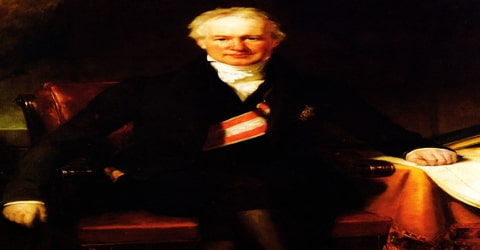Going viral is a dream come true, but most initiatives require a little more help. Google’s CEE Mobile Gaming Lead, Mariusz Gsiewski, compares going viral to sightings of the fabled Yeti, a mythological snow creature said to prowl the Himalayas. “Many more people are talking about it than saw it,” he told TechCrunch, explaining that viral growth might be “genuine” or “sponsored.”
“Viral demands advocacy,” Gsiewski explained, implying that most viral items gain traction through multiple stages of acceptability. Products that achieve “true” virality are frequently created from the ground up, with smaller groups discovering and sharing them until they burst through the barrier.

For example, Bored Apes began in the depths of the NFT subculture before breaking into the public, owing to a combination of disbelief at the prices paid for the artwork and celebrity endorsements from Paris Hilton and Jimmy Fallon. Supported virality is bought and paid for, according to Gsiewski. “It’s becoming more common, but it’s still uncommon,” he said. “Someone is attempting to generate a snowball effect in this situation through advertising, working with influencers, and so on.” He claims that as audiences become more media-savvy, this variety has gotten more difficult to develop.
“Even hyper-casual games whose growth strategies were built on such ideas in the past no longer work,” Gsiewski remarked. “Their growth is fueled by aggressive user acquisition (UA) efforts.” Virality, once known as word of mouth, is the “middle way,” according to Solydaria developer Andrew Yakovlev.
“The way between the paid media ‘push’ path on one side and the content-based ‘organic’ ‘pull’ path on the other is the most difficult, yet least expensive.” “Each of the three routes has its own set of vices and virtues, black, white, and gray practices,” he explained. Yakovlev referred to the K factor formula, which is as follows:
k=i*c
i = average number of invites sent by each customer
c = average % conversion of each invite sent
In other words, how many people replied and potentially engaged, given the size of the audience contacted? Many marketers believe they can produce viral growth rates by combining genuine and assisted user acquisition.
















